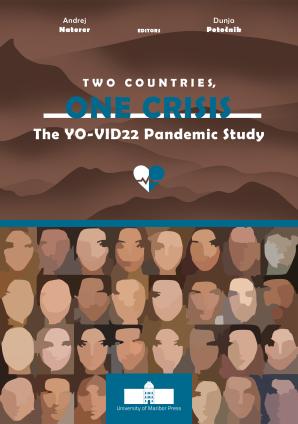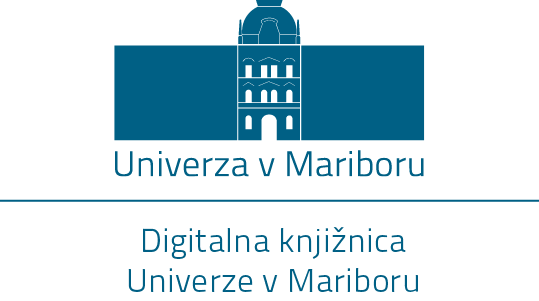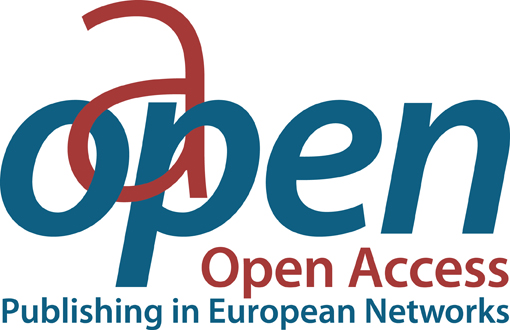3. Housing and Living Conditions of Youth – Caught Between COVID-19 and Structural Challenges
Kratka vsebina
This chapter explores the housing and living conditions of youth in Slovenia and Croatia, highlighting how the COVID-19 pandemic exacerbated pre-existing structural challenges. The pandemic intensified housing insecurity through job losses, campus closures, and forced returns to parental homes, increasing stress, anxiety, and family strain. Youth in both countries leave home considerably later than the EU average, with financial constraints representing the main barrier to independent living. Croatia faces particularly high overcrowding rates, while in both contexts, housing deprivation is strongly linked to poorer mental health and lower life satisfaction. A severe affordability crisis, driven by rapidly rising housing prices and insufficient public housing, has further delayed transitions to autonomy. These trends reflect broader issues of labour market precarity, deregulated housing markets, and limited social investment. Policy implications include the urgent need for expanded social housing, rent subsidies, anti-speculation measures, and integrated youth-oriented strategies linking housing, employment, and mental health to ensure sustainable pathways toward independence and well-being.
Prenosi
Strani
Izdano
Kategorije
Licenca

To delo je licencirano pod Creative Commons Priznanje avtorstva-Deljenje pod enakimi pogoji 4.0 mednarodno licenco.






